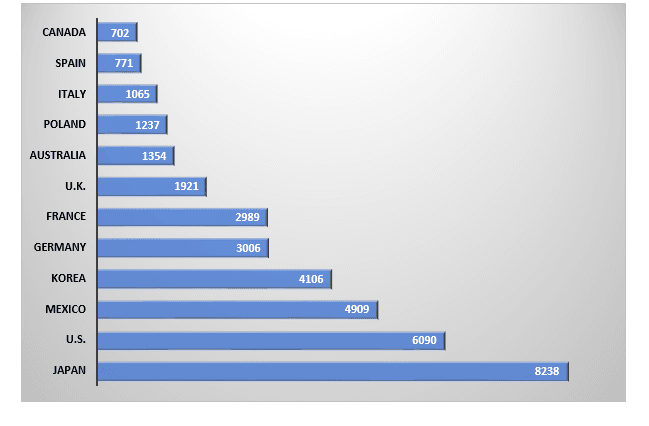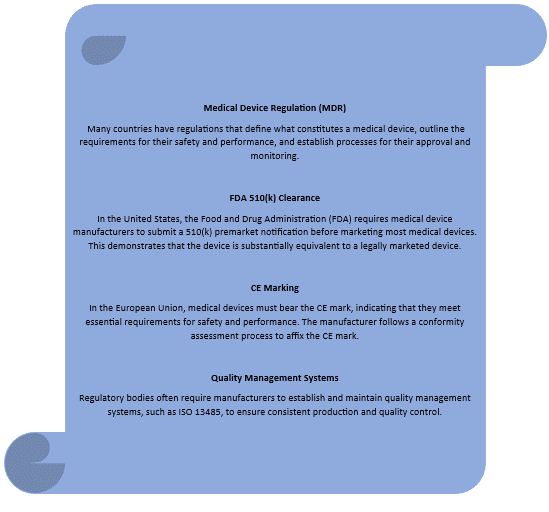Surgical Instruments Market Seen Soaring 8.5% Growth to Reach USD 17,931 Million by 2030, Projects Univdatos Market Insights
Author: Vikas Kumar
24 November 2023
According to a new report by Univdatos Market Insights, the surgical instruments market is expected to reach USD 17,931 Million in 2030 by growing at a CAGR of 8.5%. The surgical instruments market is fueled by an array of driving forces that underscore its growth trajectory. Firstly, the escalating prevalence of chronic diseases, including cardiovascular disorders, cancer, and orthopedic conditions, has led to an increased demand for surgical interventions. Surgical instruments are the key enablers of diagnosing, treating, and managing these complex medical challenges. Additionally, the surge in minimally invasive surgeries (MIS) has transformed the surgical landscape. Minimally invasive procedures offer benefits such as reduced post-operative pain, quicker recovery times, and shorter hospital stays. This trend has catalyzed the demand for specialized instruments that facilitate precise interventions through smaller incisions, resulting in an overall improvement in patient experience.
Access sample report (including graphs, charts, and figures): https://univdatos.com/get-a-free-sample-form-php/?product_id=46213
The aging global population also plays a pivotal role in driving the demand for surgical procedures. With the elderly population susceptible to chronic ailments and degenerative conditions, surgeries like joint replacements and cataract removals become more prevalent. Surgical instruments designed for geriatric-specific procedures are witnessing an upsurge in demand, aligning with the demographic shift.
Technological innovations are at the forefront of the surgical instruments market’s growth. The integration of advanced technologies, such as robotics, smart instruments, and surgical navigation systems, has redefined the precision and effectiveness of surgeries. Robotics has enabled surgeons to perform intricate procedures with unparalleled accuracy, leveraging the synergy between human expertise and machine precision. Furthermore, the global expansion of healthcare infrastructure, particularly in emerging economies, has led to improved access to surgical interventions. This expansion is bolstered by collaborations between pharmaceutical companies, research institutions, and healthcare providers, which fosters the development of instruments tailored to regional needs.
Fig1: The Rising Number of Surgeries in hospitals is One of the Key Drivers for the Surgical Instrument Market

Recent Developments/Awareness Programs:- Several key players and governments are rapidly adopting strategic alliances, such as partnerships, or awareness programs for the treatment:-
· In June 2021, Ethicon, Inc. announced that the National Institute for Health and Excellence (NICE) issued new medical technology guidance that recommends the use of plus sutures developed by the company in surgeries within the National Health Service.
· In June 2022, the MedTech division of Johnson & Johnson, Ethicon announced the launch of a new surgical stapler in the U.S. ECHELON 300 is a digital device that surgeons can use with one hand and address the needs of their patients.
· In Dec 2020, Zimmer Biomet announced the acquisition of a prime surgical product supplier for Cardio-Thoracic Surgeries, A&E Medical for around USD 250 million.

Click here to view the Report Description & TOC https://univdatos.com/report/surgical-instrument-market/
Conclusion
In conclusion, the surgical instruments market is experiencing an era of innovation and transformation. As chronic diseases become more prevalent and surgical techniques evolve, the demand for advanced instruments continues to grow. The integration of technologies like robotics and the development of specialty instruments are paving the way for a new era of surgical precision. The surgical instruments market is not only driving the progress of medical interventions but is also playing a pivotal role in shaping the future of healthcare, ensuring safer, more accurate, and minimally invasive procedures that benefit patients worldwide.
Get a call back
